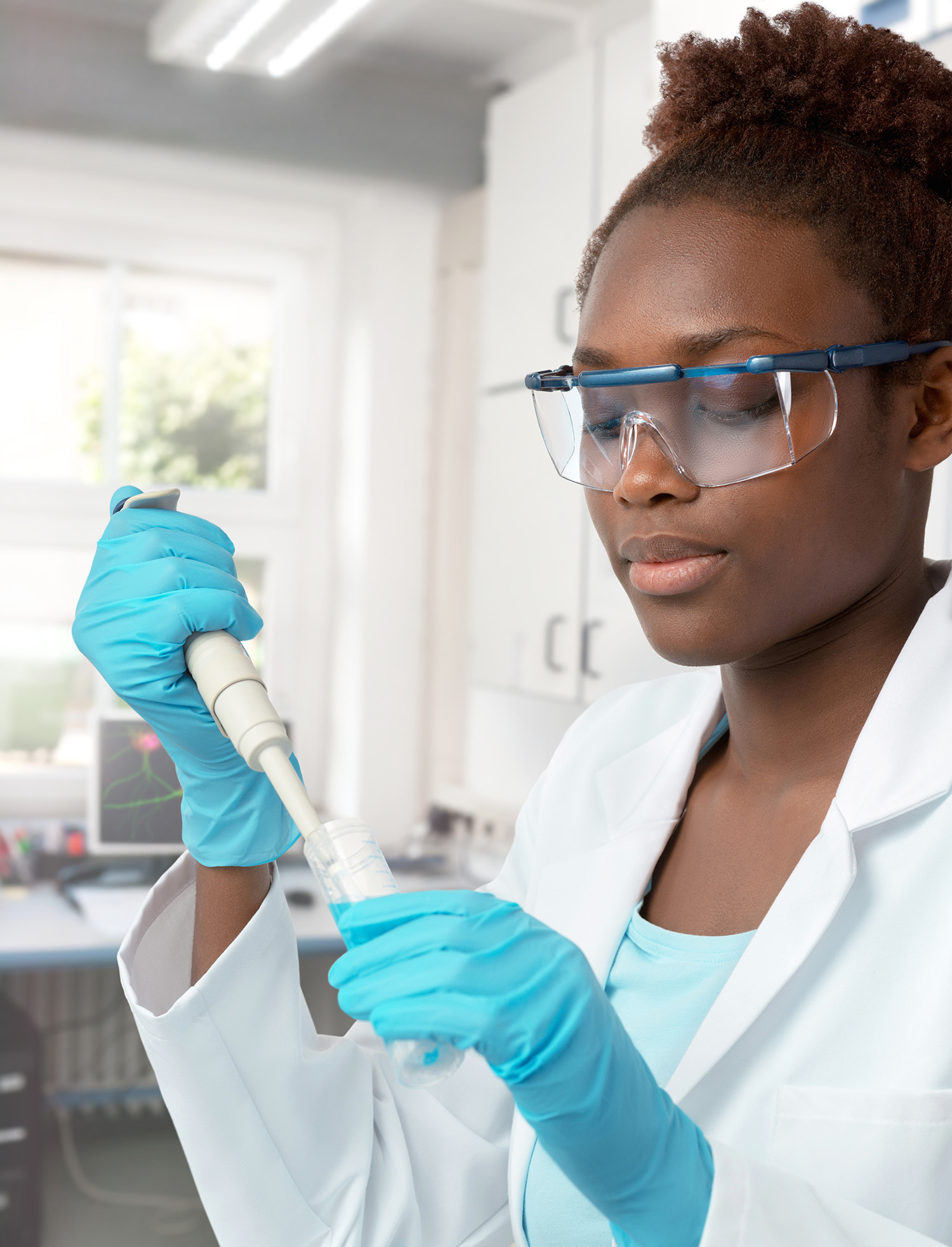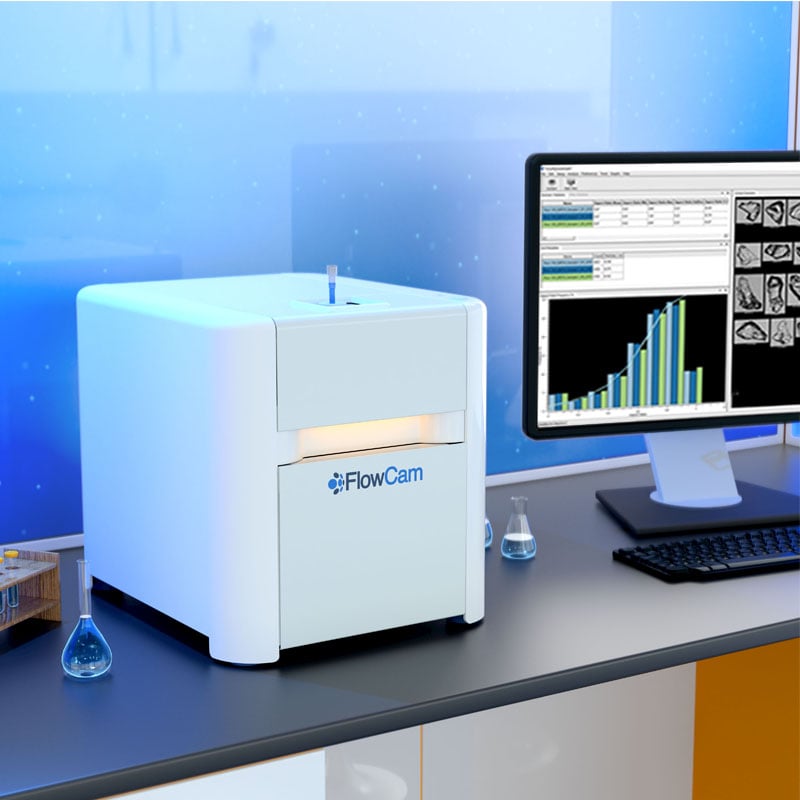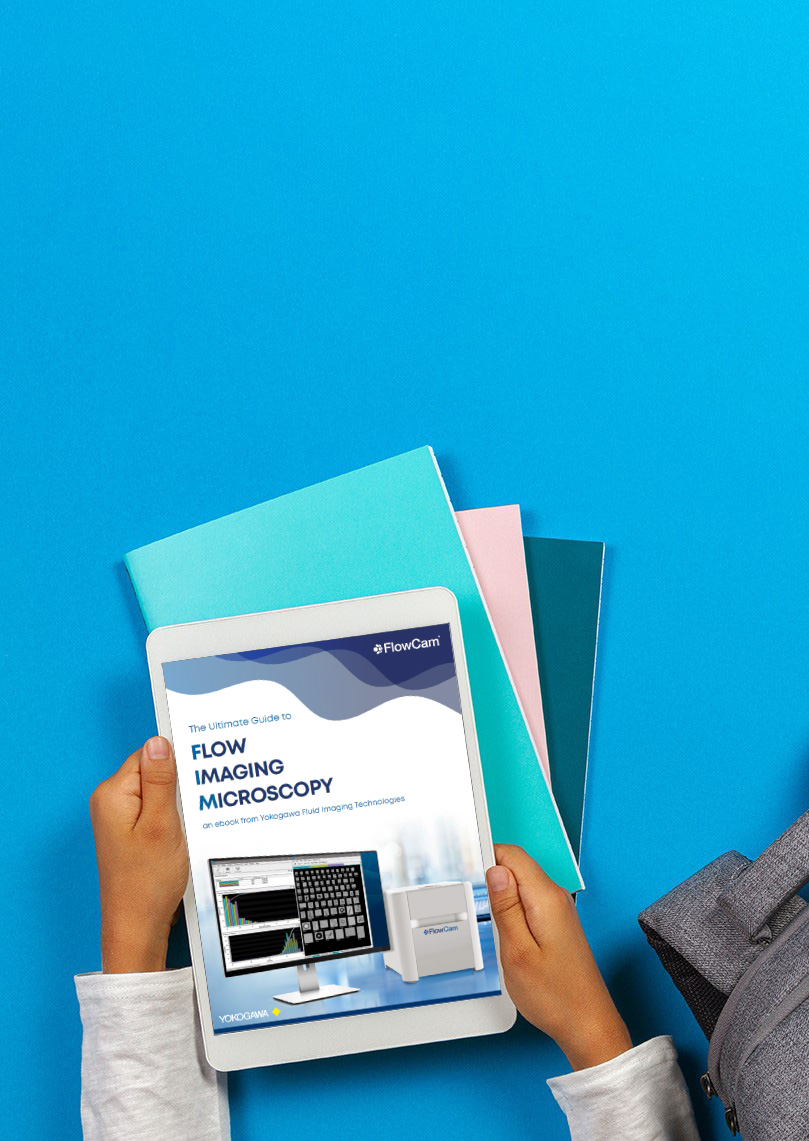
Grown from human pluripotent stem cells (iPSCs), organoids are three-dimensional (3D) cell clusters that form miniature organ-like structures. …
Read Post
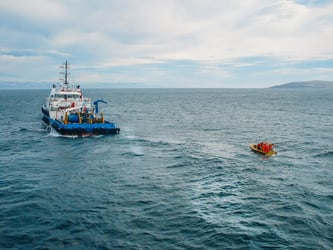
Studying Marine Zooplankton Communities with FlowCam: A Conversation with Kathryn Cook, PhD Zooplankton have fascinated scientists in the field of …
Read Post
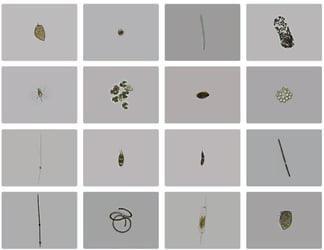
We are excited to announce our new phytoplankton identification gallery, which will assistFlowCam users working with phytoplankton in marine …
Read Post

The harmful effects of microplastic pollution on the environment and human health are a growing concern that is being addressed with recycling …
Read Post

Grown from human pluripotent stem cells (iPSCs), organoids are three-dimensional (3D) cell clusters that form miniature organ-like structures. …
Read Post

The Role of Advanced Microscopy in STEM Learning Incorporating cutting-edge technology into STEM education is crucial for preparing students for …
Read Post
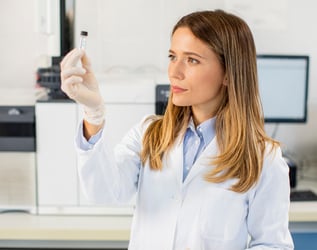
Visible particles are one of the most important sample attributes to monitor when developing and manufacturing biopharmaceuticals and other …
Read Post
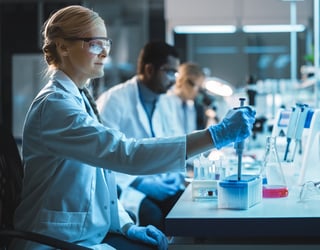
Flow Imaging Microscopy (FIM) via FlowCam plays a crucial role in biotherapeutic development by providing a tool for quantifying and characterizing …
Read Post
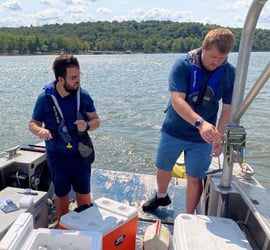
Harmful algal blooms (HABs) can have major economic impacts in waterbodies where people frequently recreate, and being able to predict HABs is …
Read Post

Cyanobacteria have the potential to produce harmful toxins, which can have adverse health effects on humans and animals. Monitoring tools are needed …
Read Post
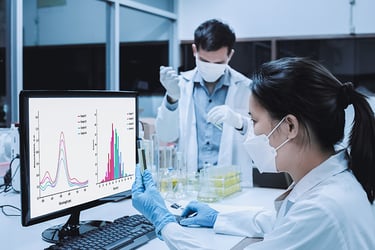
Comprehensive characterization of biotherapeutics is often challenging, given their complexity. In many cases, singular analytical methods cannot …
Read Post
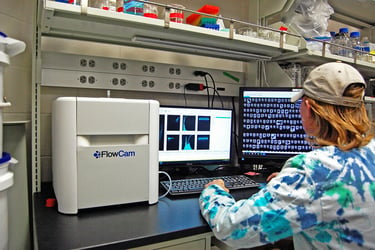
Did you know we offer several handy guides to help you maximize your FlowCam experience for aquatic applications? Whether you're just starting, …
Read Post
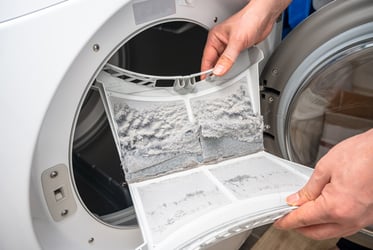
FlowCam has been used in marine and freshwater applications since its invention in 1999. Since then, it has been found to be valuable across many …
Read Post


